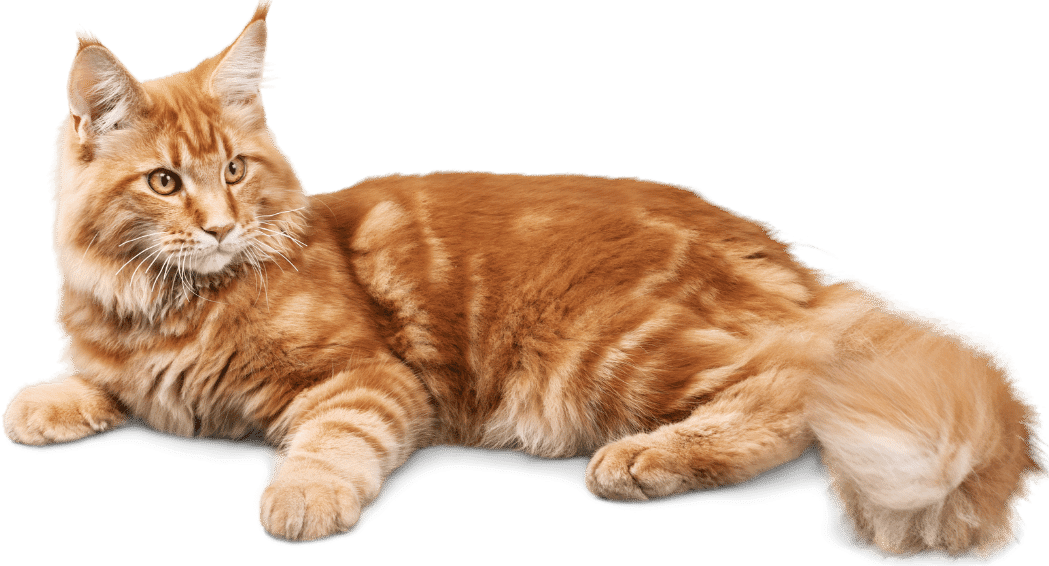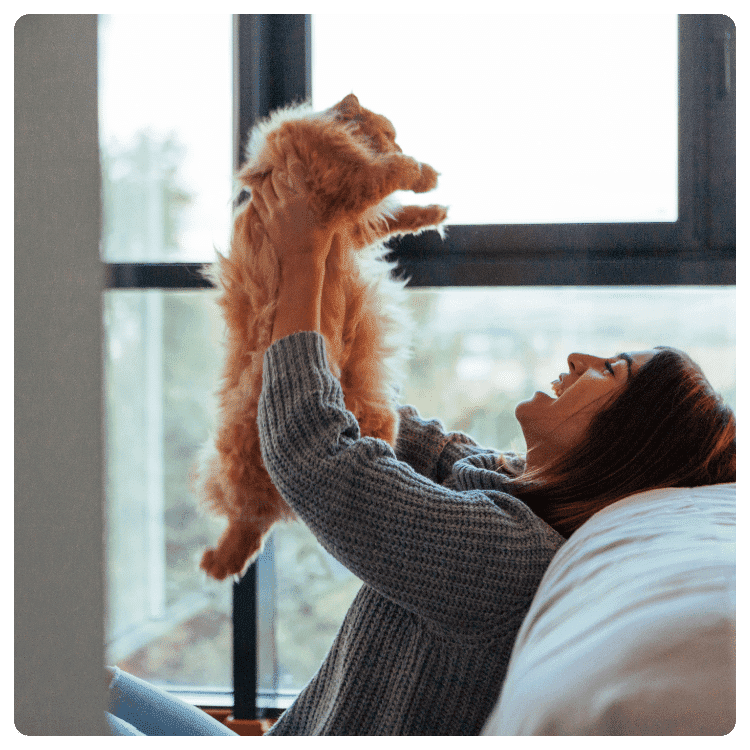In recent years, cats have surged in popularity as pets in India. Their independent yet affectionate nature, combined with relatively low maintenance compared to other pets, makes them an ideal choice for many households. However, selecting the right cat breed is crucial to ensure a harmonious home environment, considering factors such as the breed's temperament, grooming needs, and adaptability to the Indian climate.
Choosing the right cat breed can significantly impact the happiness and well-being of both the pet and the owner. Some breeds thrive in an indoor environment, are good with children, and require minimal grooming, making them perfect for Indian homes. This guide will help you identify the best cat breeds suited for home life in India, ensuring a joyful and comfortable companionship.
Popular Cat Breeds in India
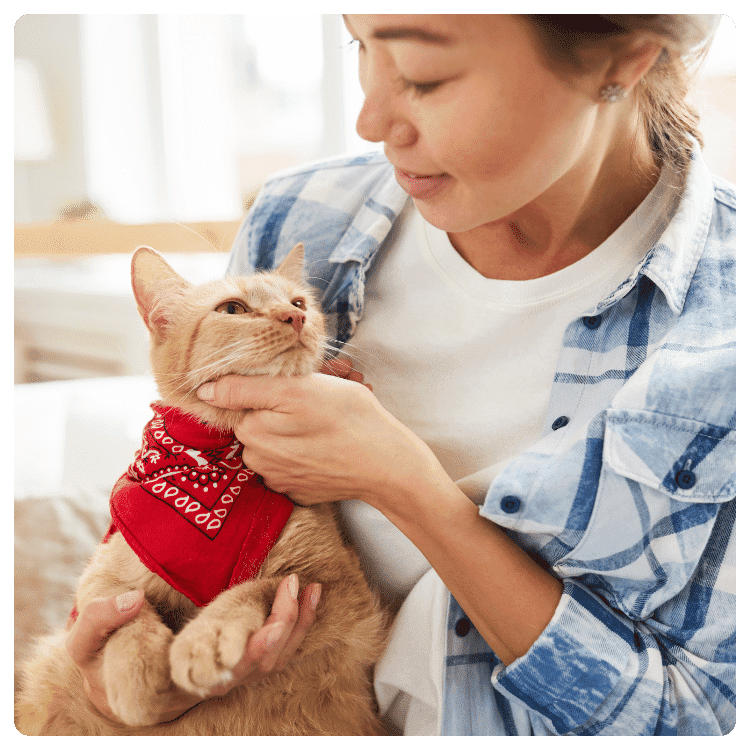
These cat breeds are known for their ability to adapt well to Indian homes, considering the typical living conditions, climate, and family dynamics in the country. Below are detailed descriptions of both native and international breeds that are popular in India.
Indian Native Breeds
Indian Billi
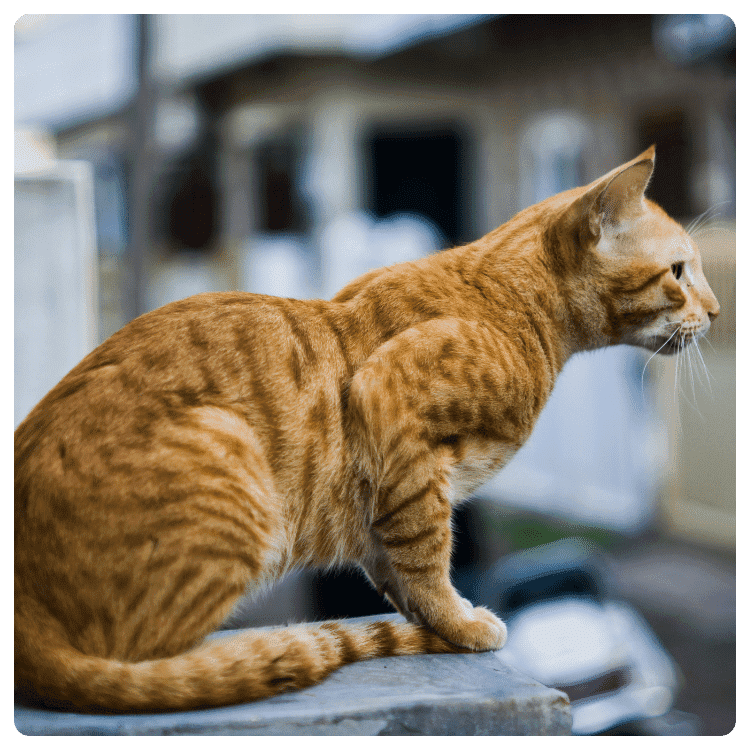
Description and Origin: The Indian Billi, also known as the Indian Domestic Cat, is a native breed that has naturally evolved in the Indian subcontinent. This breed is widely found in Indian households and streets.
Physical Characteristics: Medium-sized with a short coat, these cats come in various colors and patterns. They have a lean and muscular build, which helps them thrive in diverse environments.
Temperament and Behavior: Indian Billis are known for their independence and resilience. They are friendly, intelligent, and good hunters. They can be both affectionate with their owners and self-sufficient when needed.
Lifespan: The lifespan of Indian Billis is typically around 12 to 15 years.
Why It's Suitable for Indian Homes: Their adaptability to the Indian climate and ability to live comfortably in both apartments and larger homes make them an excellent choice for Indian households. Their low grooming needs and hardy nature are additional advantages.
International Breeds Popular in India
Persian Cat
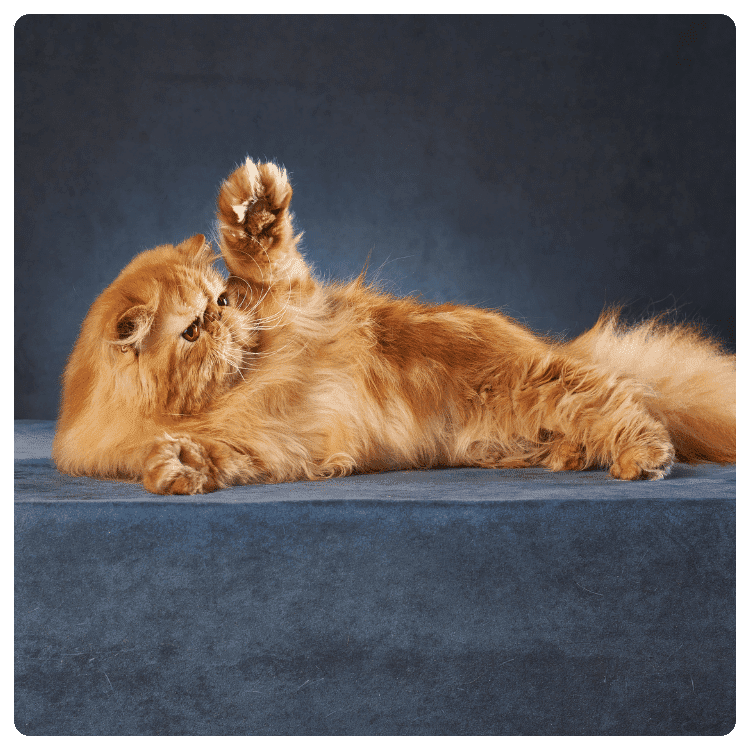
Description and Origin: Originating from Persia (modern-day Iran), Persian cats are renowned for their long, luxurious fur and flat faces.
Physical Characteristics: They have a long, thick coat that requires regular grooming. Persians have distinctive flat faces, large eyes, and a stocky build.
Temperament and Behavior: Persian cats are calm, gentle, and affectionate. They enjoy a quiet, relaxed environment and are great companions for families and individuals.
Lifespan: The average lifespan of Persian cats is around 12 to 15 years.
Why It's Suitable for Indian Homes: Persians are well-suited for indoor living, making them perfect for apartments. Their affectionate nature makes them ideal for families seeking a loving pet.
Siamese Cat
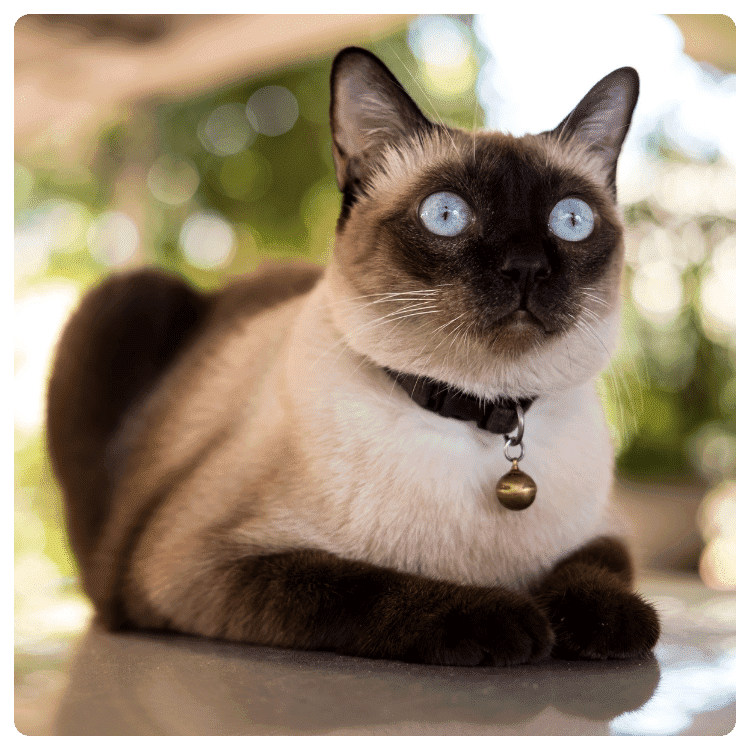
Description and Origin: Siamese cats originate from Thailand and are known for their striking blue eyes and sleek bodies.
Physical Characteristics: They have a short coat, slender body, and distinctive color points on their ears, face, paws, and tail.
Temperament and Behavior: Siamese cats are highly social, vocal, and intelligent. They form strong bonds with their owners and enjoy interactive play.
Lifespan: Siamese cats typically live for around 12 to 15 years.
Why It's Suitable for Indian Homes: Their short coat is ideal for warmer climates, and their social nature makes them great companions for families with children or other pets.
Maine Coon

Description and Origin: Originating from North America, Maine Coons are one of the largest domesticated cat breeds.
Physical Characteristics: Maine Coons have a thick, water-repellent fur coat, bushy tail, and tufted ears. They are large and muscular.
Temperament and Behavior: They are known for their friendly, playful, and sociable nature. Maine Coons are good with children and other pets and enjoy interactive play.
Lifespan: The average lifespan of Maine Coons is around 12 to 15 years.
Why It's Suitable for Indian Homes: Despite their size, Maine Coons adapt well to indoor living and can handle various climates. Their playful and friendly nature makes them excellent family pets.
Ragdoll
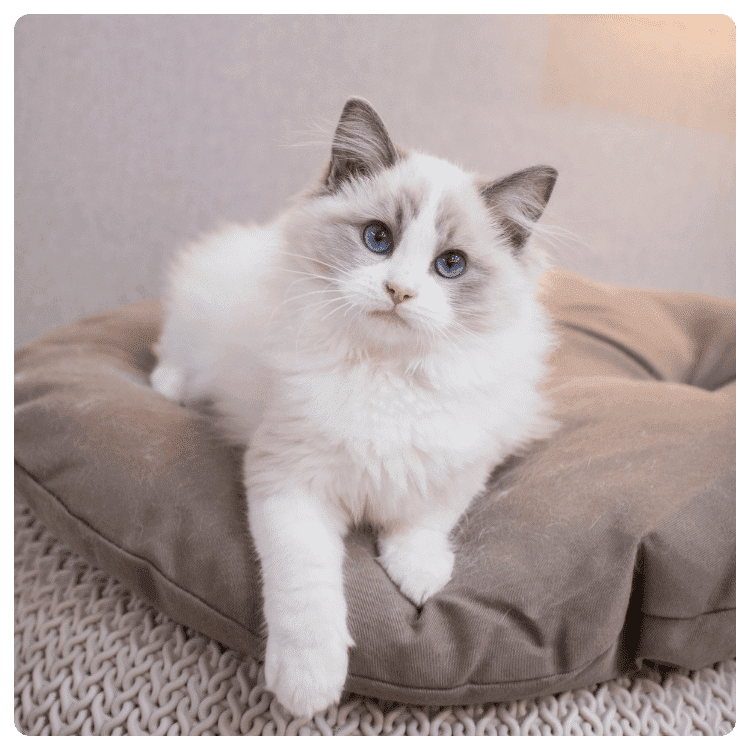
Description and Origin: Ragdolls were developed in the United States and are known for their docile and placid temperament.
Physical Characteristics: They have a semi-long coat, striking blue eyes, and a muscular build. Ragdolls are large and sturdy.
Temperament and Behavior: Ragdolls are extremely affectionate and love being held and cuddled. They are calm, gentle, and good with children and other pets.
Lifespan: Ragdolls typically live for around 12 to 17 years.
Why It's Suitable for Indian Homes: Their preference for indoor environments and their gentle nature make them ideal for apartments and families.
Bengal Cat
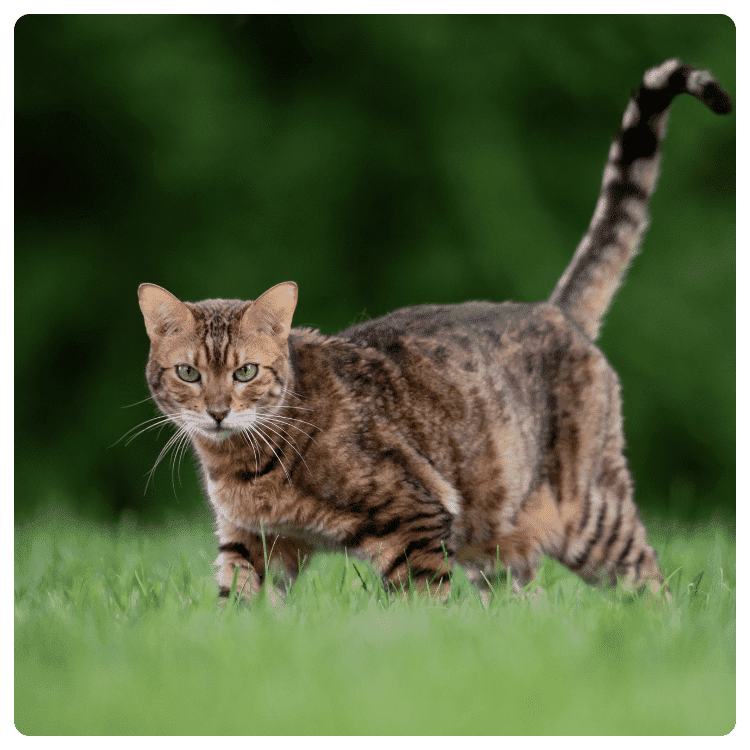
Description and Origin: Bengal cats were developed by breeding domestic cats with Asian leopard cats. They are known for their exotic, leopard-like appearance.
Physical Characteristics: Bengals have a sleek, muscular build with a short coat that features striking spots and rosettes.
Temperament and Behavior: They are active, playful, and intelligent. Bengals require stimulation and enjoy interactive play and climbing.
Lifespan: Bengal cats typically live for around 12 to 16 years.
Why It's Suitable for Indian Homes: Their short coat is suitable for warmer climates, and their active nature makes them a good fit for homes with space for play.
Himalayan Cat
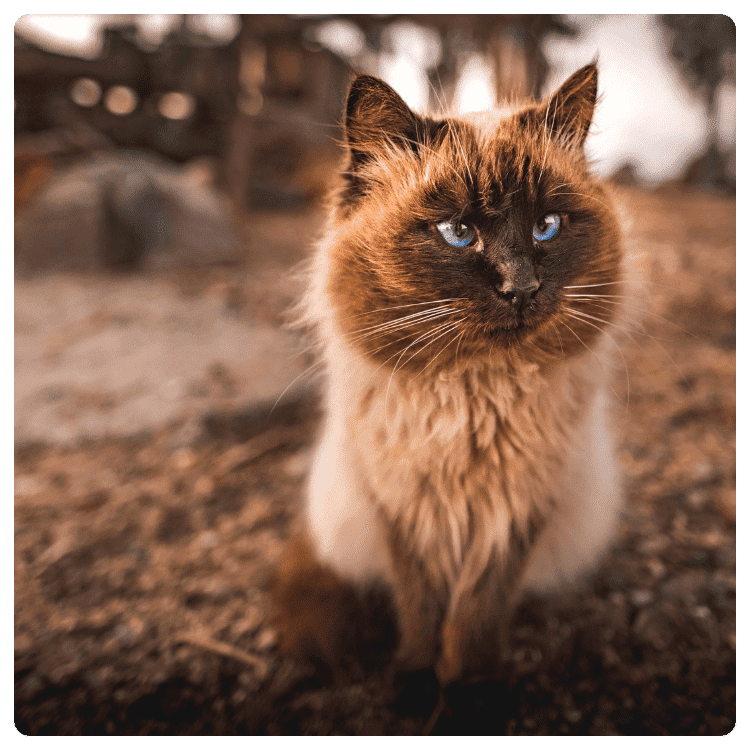
Description and Origin: Himalayans are a cross between Persian and Siamese cats, developed to combine the features of both breeds.
Physical Characteristics: They have a long, thick coat, and color points similar to Siamese cats. Himalayans have a sturdy build and a flat face like Persians.
Temperament and Behavior: Himalayans are calm, gentle, and affectionate. They enjoy a quiet environment and are good with families and individuals.
Lifespan: Himalayan cats typically live for around 12 to 15 years.
Why It's Suitable for Indian Homes: Like Persians, Himalayans are well-suited for indoor living. Their calm nature and need for regular grooming make them suitable for families who can provide the necessary care.
Key Factors in Choosing the Right Cat Breed

When selecting a cat breed for your home in India, several factors should be considered to ensure a harmonious and fulfilling relationship between the cat and its human family. Here are the key factors to keep in mind:
Space Requirements and Adaptability to Different Living Spaces
- Space Requirements:
- Apartments: Breeds that are comfortable in smaller, confined spaces, such as Persian cats and Ragdolls, are ideal for apartment living. These breeds typically enjoy a sedentary lifestyle and do not require large areas to roam.
- Larger Homes: If you have a larger house, more active breeds like Maine Coons and Bengals can be a good fit as they enjoy having more space to explore and play.
- Adaptability:
- Climate Considerations: Breeds like the Indian Billi and Siamese cats, with shorter coats, are better suited to the hot and humid climates of many Indian regions. In contrast, long-haired breeds like Persians and Himalayans may require more care to stay comfortable in warmer weather.
Temperament and Interaction with Family Members, Especially Children
- Temperament:
- Friendly and Sociable: Breeds such as Ragdolls, Maine Coons, and Siamese cats are known for their sociable and friendly nature. They enjoy interacting with humans and can be very affectionate.
- Independent: Breeds like the Indian Billi are more independent and can be left alone for longer periods, making them suitable for busy households.
- Interaction with Family Members:
- Good with Children: If you have young children, consider breeds known for their gentle and tolerant nature, such as Ragdolls and Maine Coons. These breeds are generally patient and enjoy playing with kids.
- Other Pets: For homes with other pets, sociable breeds like the Bengal and Siamese can adapt well and enjoy the company of other animals.
Maintenance and Grooming Needs
- Low Maintenance: Breeds with short coats, such as the Siamese and Indian Billi, require minimal grooming and are easier to care for in the long term.
- High Maintenance: Long-haired breeds like the Persian and Himalayan require regular grooming to prevent matting and maintain their coat's health. This includes daily brushing and occasional professional grooming.
Health and Common Medical Issues
- General Health: Some breeds are prone to specific health issues. For instance:
- Persian Cats: May suffer from respiratory issues due to their flat faces (brachycephalic condition).
- Maine Coons: Prone to hypertrophic cardiomyopathy (a type of heart disease).
- Siamese Cats: Can be prone to dental and respiratory problems.
- Lifespan and Vet Care: Regular veterinary check-ups and preventive care are essential for all breeds. Some breeds may require more frequent vet visits due to their predisposition to certain health issues.
Activity Level and Exercise Requirements
- Active Breeds: Cats like Bengals and Maine Coons have high energy levels and require plenty of mental and physical stimulation. They benefit from interactive play, climbing structures, and toys.
- Less Active Breeds: Breeds such as Persians and Ragdolls are more laid-back and prefer a calm and relaxed environment. They require less physical activity but still benefit from regular, gentle play to keep them healthy.
Cat Care Tips for Indian Households
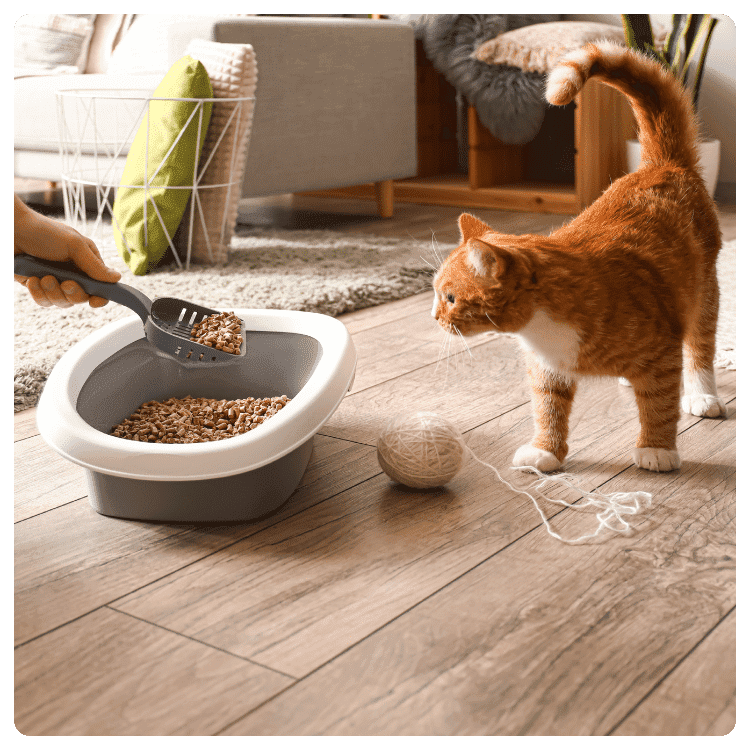
Taking care of a cat in an Indian household requires attention to several key aspects, from basic maintenance to health and nutrition. Here are some comprehensive tips to ensure your feline friend thrives in the Indian climate.
Basic Care and Maintenance
- Litter Box Hygiene: Ensure the litter box is cleaned daily to prevent odors and maintain a sanitary environment. Use clumping litter to make cleaning easier.
- Regular Vet Visits: Schedule regular check-ups with a veterinarian to monitor your cat’s health and address any issues promptly.
- Safe Environment: Create a safe indoor environment with no access to harmful substances or potential escape routes. Secure windows and balconies to prevent falls.
- Comfortable Living Space: Provide comfortable sleeping areas with soft cat bedding, and ensure your cat has access to quiet, stress-free zones.
Nutrition and Diet Specific to Indian Climate
- Hydration: Ensure your cat has access to fresh water at all times, especially during hot weather. Consider using a cat water fountain to encourage drinking.
- Balanced Diet: Feed a balanced diet that includes high-quality commercial cat food. Include wet food to increase water intake and provide essential nutrients.
- Feeding Schedule: Stick to a regular feeding schedule to maintain your cat’s routine. Avoid overfeeding to prevent obesity.
- Seasonal Adjustments: During hot months, offer food in smaller, more frequent meals to prevent spoilage and encourage eating.
Grooming Tips Tailored for Hot and Humid Conditions
- Regular Brushing: Brush your cat regularly to remove loose fur and prevent matting. Short-haired breeds may require weekly brushing, while long-haired breeds like Persians need daily grooming.
- Bathing: Cats generally groom themselves, but in hot and humid conditions, occasional baths can help keep them cool and clean. Use a mild, cat-specific shampoo.
- Claw Care: Trim your cat’s claws regularly to prevent overgrowth and injury. Provide scratching posts to help them maintain their claws naturally.
- Ear and Eye Cleaning: Check and clean your cat’s ears and eyes regularly to prevent infections. Use vet-recommended solutions and avoid harsh chemicals.
Health and Vaccination
- Vaccinations: Ensure your cat receives all essential vaccinations, including those against rabies, feline distemper, and feline leukemia virus. Follow your vet’s vaccination schedule.
- Deworming: Regular deworming is crucial to prevent parasitic infections. Consult your vet for an appropriate deworming schedule.
- Flea and Tick Prevention: Use vet-recommended cat flea and tick preventatives, especially if your cat has outdoor access. Regularly check for parasites.
Dealing with Common Health Issues Specific to Certain Breeds
- Respiratory Issues (Persian Cats): Keep Persians in well-ventilated, cool areas to prevent respiratory distress. Regularly clean their faces to remove tear stains and debris.
- Heart Conditions (Maine Coons): Monitor Maine Coons for signs of heart disease, such as lethargy or difficulty breathing. Regular vet check-ups are crucial for early detection.
- Dental Problems (Siamese Cats): Provide dental chews and maintain regular dental hygiene to prevent issues. Annual dental check-ups are recommended.
- General Care: For all breeds, be vigilant about any changes in behavior, appetite, or litter box habits, as these can indicate underlying health problems.
Cat Adoption vs. Buying: Ethical Considerations
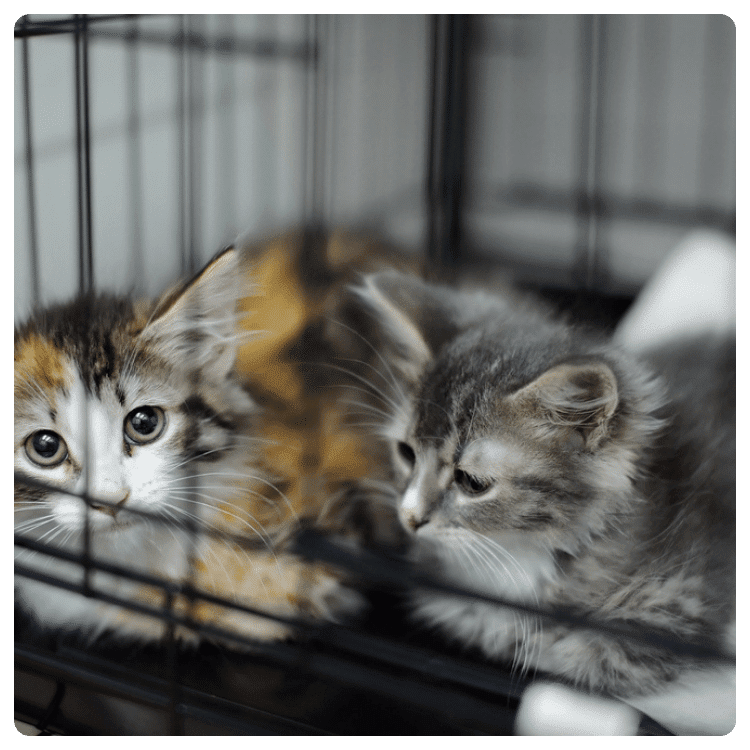
When deciding to bring a cat into your home, one of the key considerations is whether to adopt from a shelter or purchase from a breeder or pet store. Each option has its pros and cons, and it's important to consider the ethical implications of your choice.
Pros and Cons of Adopting vs. Buying a Cat
Adopting a Cat
Pros:
- Saving a Life: Adopting from a shelter saves a cat from euthanasia and gives it a second chance at a happy life.
- Cost-Effective: Adoption fees are generally lower than the cost of purchasing a cat from a breeder. Fees often include vaccinations, spaying/neutering, and initial veterinary check-ups.
- Supporting Ethical Practices: Adoption supports shelters and rescue organizations that prioritize the welfare of animals.
- Variety of Choices: Shelters have cats of all ages, breeds, and temperaments, providing many options for potential adopters.
Cons:
- Unknown History: Shelter cats may have unknown or traumatic backgrounds, which can sometimes lead to behavioral issues.
- Health Concerns: While shelters do their best to ensure the health of their animals, some adopted cats may have underlying health issues.
Buying a Cat
Pros:
- Predictable Background: Purchasing from a reputable breeder can provide more information about the cat’s lineage, health history, and temperament.
- Specific Breeds: If you are looking for a specific breed with particular traits, buying from a breeder ensures you get exactly what you want.
Cons:
- High Cost: Purebred cats from breeders can be very expensive, with costs running into thousands of rupees.
- Ethical Concerns: Buying from pet stores or irresponsible breeders can contribute to the problem of overbreeding and poor animal welfare conditions.
- Contributing to Overpopulation: Purchasing from breeders rather than adopting from shelters can exacerbate the issue of pet overpopulation.
Importance of Supporting Local Shelters and Rescues
- Reducing Overpopulation: Adopting from shelters helps reduce the number of homeless cats and the incidence of euthanasia due to overpopulation.
- Promoting Animal Welfare: Shelters and rescues work tirelessly to care for abandoned and stray animals, providing medical care, food, and shelter. Supporting these organizations helps them continue their mission.
- Community Benefits: Local shelters often provide community services such as spaying/neutering programs, educational resources, and support for pet owners.
Tips for Adopting a Cat
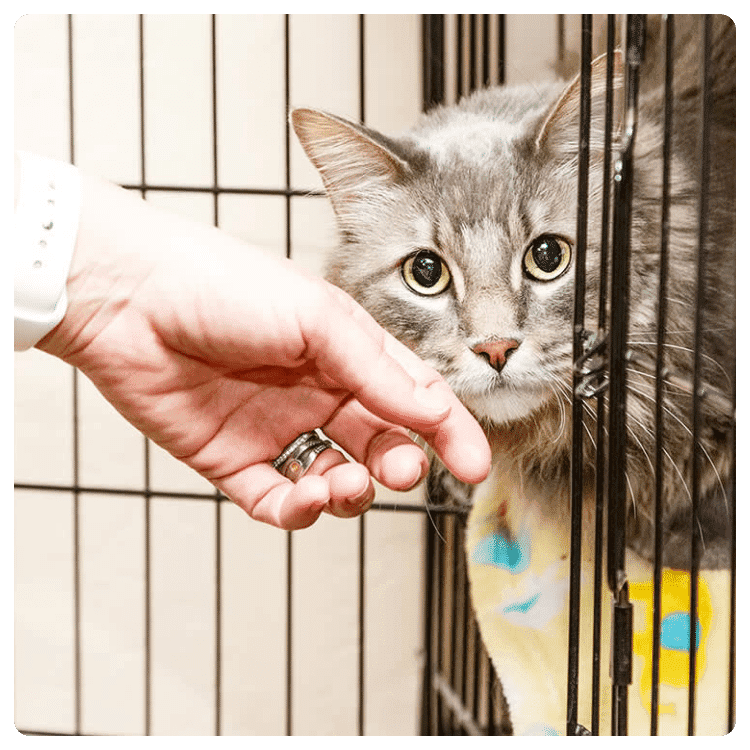
- Research and Visit: Visit local shelters and rescues to understand their adoption process. Spend time with the cats to find one that matches your personality and lifestyle.
- Ask Questions: Inquire about the cat’s health history, behavior, and any special needs it might have. Understanding these aspects can help you prepare better for integrating the cat into your home.
- Prepare Your Home: Ensure your home is ready for a new pet. This includes having a litter box, food, water dishes, scratching posts, and a comfortable sleeping area.
- Consider the Long Term: Adoption is a long-term commitment. Be prepared for the responsibilities of pet ownership, including regular vet visits, grooming, and providing a loving home.
- Patience and Love: Adopted cats may need time to adjust to their new environment. Be patient, provide a calm and loving atmosphere, and give them time to feel secure and comfortable.
Conclusion
In conclusion, choosing the right cat breed for your home in India involves careful consideration of various factors, including the breed's temperament, grooming needs, and adaptability to the Indian climate. Whether you opt for a native Indian breed or an international breed popular in India, ensuring a harmonious match between the cat and your living conditions is paramount for a fulfilling companionship.
By exploring the diverse options available, such as the independent Indian Billi or the affectionate Persian, Siamese, Maine Coon, Ragdoll, Bengal, and Himalayan breeds, you can find a feline companion that fits seamlessly into your household and lifestyle.
Additionally, we've discussed the importance of responsible pet ownership, including proper care, nutrition, grooming, and healthcare tailored to the Indian climate and environment. Whether you choose to adopt from a shelter or purchase from a breeder, prioritizing the well-being of the cat is essential.
Finally, we've examined the ethical considerations of adoption versus buying, highlighting the benefits of supporting local shelters and rescues in reducing pet overpopulation and promoting animal welfare.
Ultimately, by considering your living conditions, lifestyle, and values, you can make an informed decision that leads to a happy and fulfilling relationship with your new feline companion, ensuring many years of joy and companionship for both you and your cat.


